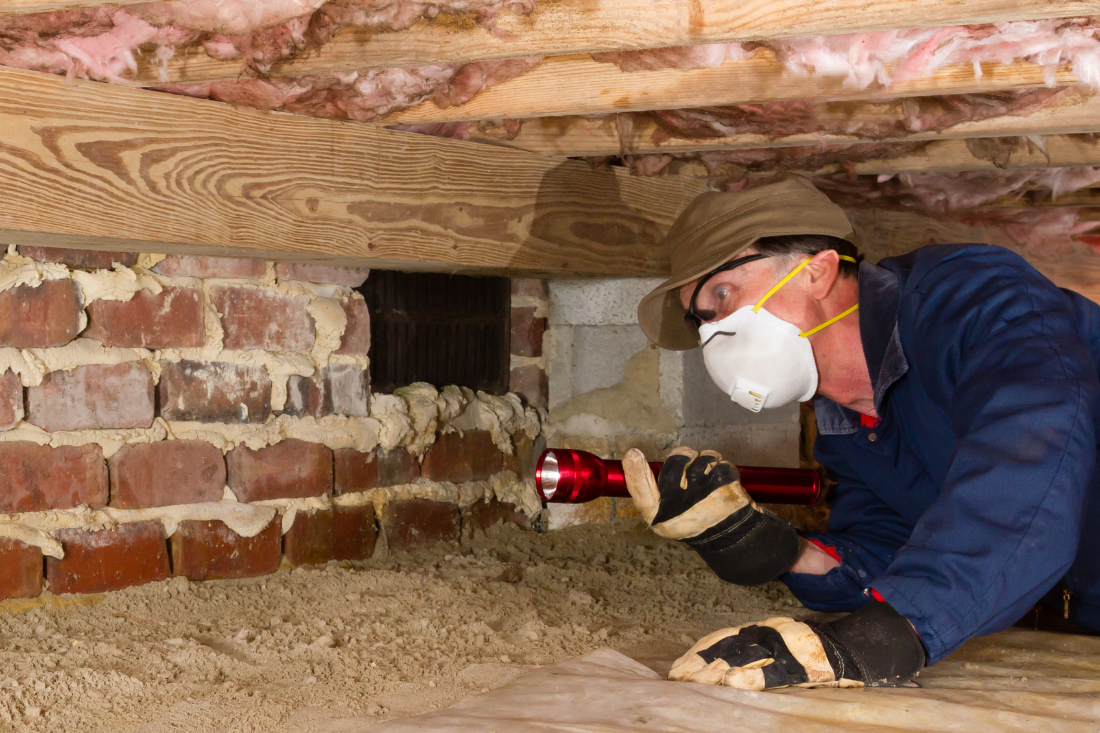
Property values nationally have passed a major milestone with the average home price pushing through the $1 million mark for the first time ever. Have you been putting off buying? If so, here’s how to get the ball rolling.
Despite a cost-of-living crunch and several years of high interest rates, the Australian property market continues to break records.
New figures from the Australian Bureau of Statistics (ABS) show home prices recently passed a key benchmark.
The average home price nationally is now $1,002,500 – the first time it has topped $1 million.
Here’s what it means for home buyers.
Average home prices vary by location
According to the ABS, a 0.7% rise in home prices nationally in the March 2025 quarter helped push the average price over the $1 million threshold.
National numbers don’t always show the full picture though, and average home prices continue to vary widely between states.
New South Wales has Australia’s highest average price of $1,245,900.
That’s followed by Queensland ($944,700) and the ACT ($941,300).
There’s not much separating average home prices in Victoria ($899,700), Western Australia ($874,200) and South Australia ($861,900).
At the other end of the spectrum, Tasmania ($670,200) and the Northern Territory ($517,700) continue to be the more affordable states for housing.
How are home prices likely to move from here?
While the ABS data only extends to the end of March 2025, figures from CoreLogic show home prices have continued to climb higher.
We’re even seeing a recovery in property values in areas such as Darwin, Hobart and Canberra, where price growth has been comparatively low in recent times.
One of the key drivers for all this growth has been lower interest rates, which PropTrack says have improved market sentiment, boosted borrowing power and buoyed buyer confidence.
Why buying now could be a good time
If you’re thinking of buying a home, chances are you’re wondering “will home prices keep rising?”
While it’s impossible to accurately predict the future, the general view appears to be that home prices are set to head higher.
CoreLogic says the recent May rate cut is likely to have a “positive influence on housing values in June and through the rest of the year”.
Meanwhile, the outlook from the team at PropTrack is that we are likely to see further price growth through the remainder of 2025 based on tight housing supply, targeted buyer incentives (such as first home buyer schemes) and population growth.
Talk to us to get the ball rolling on your purchase plans
They say the right time to buy a home is when you’re ready.
But how do you really know when that is?
If you’re interested in finding out, talk to us to understand your borrowing power, and get the ball rolling on a home loan that matches your needs.
Disclaimer: The content of this article is general in nature and is presented for informative purposes. It is not intended to constitute tax or financial advice, whether general or personal nor is it intended to imply any recommendation or opinion about a financial product. It does not take into consideration your personal situation and may not be relevant to your circumstances. Before taking any action, consider your own particular circumstances and seek professional advice. This content is protected by copyright laws and various other intellectual property laws. It is not to be modified, reproduced or republished without prior written consent.


















